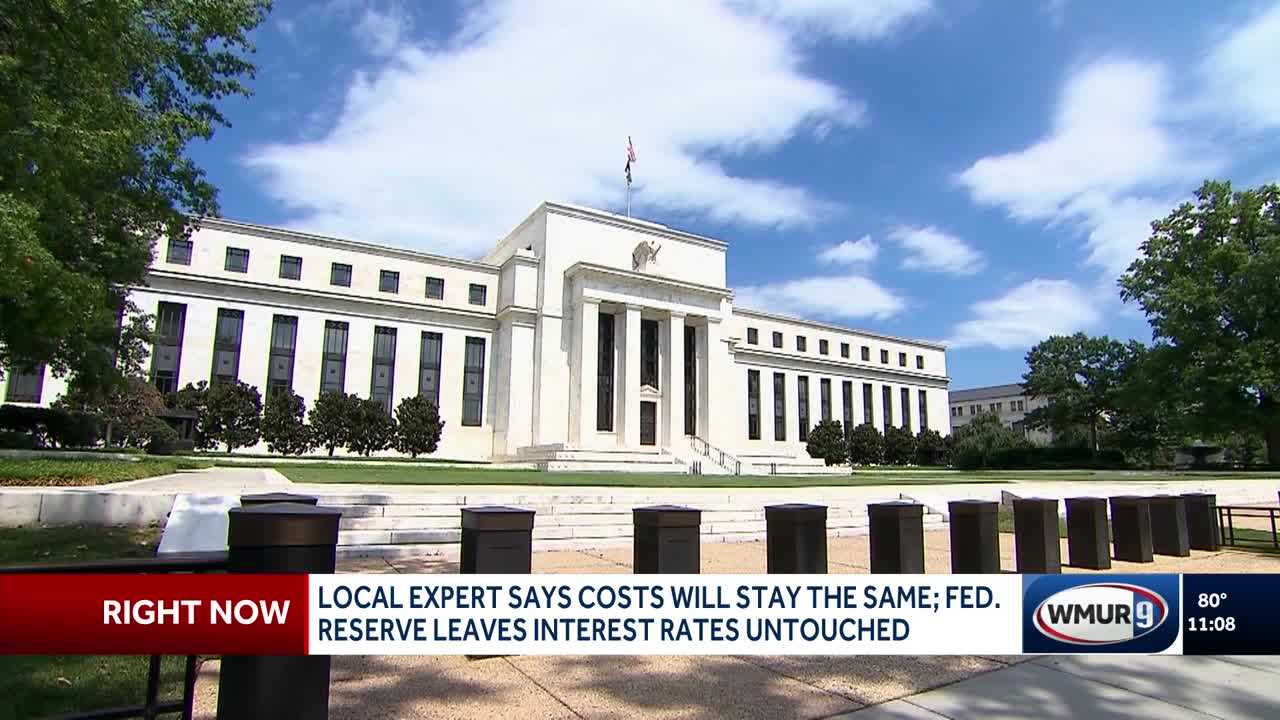The financial landscape remains largely unchanged for consumers as the Federal Reserve has opted to maintain its benchmark interest rate, marking the fifth consecutive time this year that rates have held steady at 4.3%. This significant decision by the Federal Open Market Committee underscores a cautious approach to monetary policy, aiming to stabilize the economy amidst various global and domestic factors.
Federal Reserve Chair Jerome Powell articulated the committee’s stance, emphasizing that the current stability positions the economy well to adapt to unforeseen developments. The objective is to ensure that economic goals are supported without inducing undue volatility in the markets or consumer spending habits, reflecting a strategic pause in an ever-evolving economic environment.
For many Americans, particularly those looking at borrowing, this decision means continuity. Local financial experts suggest that immediate costs for loans, such as mortgages and personal lines of credit, will likely remain consistent. This predictability can offer a degree of comfort for individuals and businesses planning their financial commitments in the short term, avoiding sudden shifts in borrowing expenses.
Conversely, from a savings perspective, the sustained high interest rates present a silver lining. Individuals holding savings accounts or certificates of deposit will continue to benefit from elevated returns on their deposits, which can contribute positively to personal wealth accumulation. This dual impact underscores the nuanced effects of the Federal Reserve’s policy on different facets of consumer finance.
A critical factor influencing the Fed’s decision to hold rates firm is the ongoing assessment of potential inflationary pressures, particularly those stemming from tariffs imposed by the previous administration. Experts caution that a rate cut in the face of tariff-induced inflation could exacerbate rising prices, making goods and services more expensive for consumers and undermining economic stability, a scenario the Fed aims to avoid.
While not directly pegged to the Federal Reserve’s rate, consumer interest rates on products like credit cards and mortgages are loosely influenced by it. With credit card rates currently high, financial advisors strongly recommend prioritizing the repayment of high-interest debt. Strategic debt management becomes even more crucial in this environment to safeguard personal financial health and reduce overall borrowing costs over time.
Despite the current hold, there remains a persistent undercurrent of speculation and pressure regarding future rate adjustments. Financial experts acknowledge the possibility of rate reductions, especially if significant economic shifts or sustained external pressures warrant such a move. For those contemplating major purchases that require borrowing, a “wait and see” approach might be prudent, as future rate cuts could potentially make financing more affordable.
Ultimately, the Federal Reserve’s consistent stance on interest rates signals a period of careful observation and stability. Consumers and businesses are advised to remain vigilant regarding economic indicators and to consult financial guidance to navigate the implications of these policies effectively. The current economic climate, shaped by strategic monetary decisions, calls for informed financial planning to optimize personal and commercial outcomes.






Leave a Reply